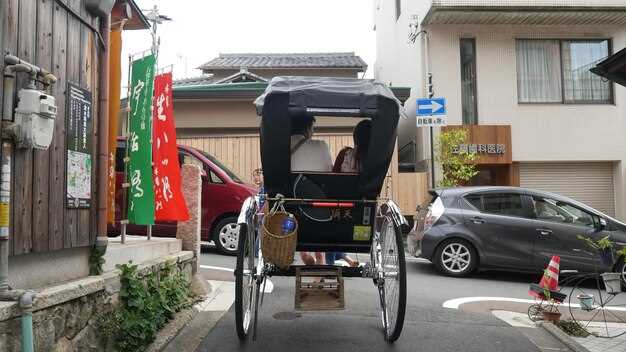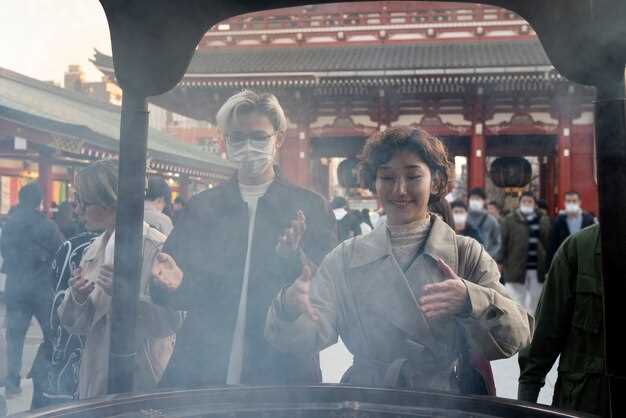
The evolution of emissions laws has significantly influenced the automotive landscape in many countries, and Japan is no exception. Over the years, stringent regulations aimed at reducing air pollution and greenhouse gas emissions have dramatically altered the market for classic vehicles, particularly those crafted in the golden era of Japanese automotive engineering. These regulations, while crucial for environmental sustainability, pose unique challenges for enthusiasts and collectors of Japanese classic cars.
Emissions standards have become increasingly rigorous, with stricter limits on the amount of pollutants that vehicles can emit. This has direct implications for classic cars, many of which were built long before such regulations were even conceived. As the demand for cleaner vehicles grows, classic car owners often find themselves caught in a dilemma: maintain the authenticity and originality of their vehicles or modify them to comply with modern emissions standards.
Moreover, this tension between preservation and regulation is compounded by rising costs associated with retrofitting older vehicles. As collectors strive to keep their beloved classics roadworthy, they must navigate a complex web of compliance options, which can impact both the value of the vehicles and the wider market for classic Japanese cars. Understanding the impact of emissions laws is critical for enthusiasts and collectors alike, as it shapes not only the future of these automobiles but also the cultural legacy they represent.
How Emission Regulations Affect Classic Car Restoration Projects
The impact of emissions regulations on classic car restoration projects is profound and multifaceted. As governments worldwide implement stricter emissions standards to combat pollution, classic car enthusiasts face significant challenges when restoring these vehicles to their former glory.
One of the primary concerns is the necessity to comply with modern emissions standards. This often requires significant modifications to the vehicle’s original systems, including the installation of new exhaust components, catalytic converters, and fuel injection systems. Such changes can alter the classic car’s authenticity and may not be acceptable for purists seeking to maintain the original character of their vehicles.
In addition to structural changes, the restoration process may also become more expensive. The need for advanced technologies to meet emissions requirements can necessitate specialized parts and skilled labor, driving up costs. Restoration shops may need to invest in new equipment and training to ensure they can meet these legal obligations.
Moreover, some classic cars, particularly those produced prior to the implementation of modern emissions regulations, may struggle to meet new standards altogether. This situation can limit the viability of certain restoration projects, as some vehicles may not be eligible for registration or may face restrictions on road use even after restoration. Enthusiasts must navigate these legal landscapes carefully, as negligence can lead to fines or the inability to enjoy their restored vehicles on public roads.
Despite these challenges, the passion for classic cars persists. Many restorers are finding innovative ways to integrate modern technology while preserving the essence of these classic models. Workshops focusing on eco-friendly restoration techniques are emerging, demonstrating that it is possible to enhance performance and reduce emissions without compromising authenticity.
Ultimately, while emissions regulations present undeniable obstacles, they also inspire creative solutions in the classic car restoration community. Embracing these changes can ensure that these iconic vehicles continue to be enjoyed by future generations, albeit in a more environmentally responsible manner.
Understanding the Compliance Costs for Vintage Japanese Vehicles

The landscape of emissions regulations has significantly evolved over the years, particularly affecting vintage Japanese cars. These iconic vehicles, born from an era of less stringent environmental standards, often struggle to meet modern compliance requirements. Understanding the costs associated with meeting these regulations is essential for collectors and enthusiasts alike.
Compliance costs can be broadly categorized into several key areas. Firstly, modification expenses are among the most immediate financial burdens. Owners may need to invest in aftermarket parts or systems that align with current emissions standards. This might include upgrading exhaust systems, replacing carburetors with fuel injection systems, or installing catalytic converters. Each of these modifications comes with its own expenses, which can accumulate quickly, especially when restoring multiple vehicles.
Furthermore, testing fees play a crucial role in the overall compliance costs. Vintage vehicles often require specialized emissions testing to assess their environmental impact. This testing is not only time-consuming but can also be costly, particularly when vehicles fail initial assessments and require further modifications to pass. In some cases, the tests might involve a series of evaluations, further increasing the financial strain.
Another financial consideration involves insurance premiums. As emissions regulations tighten, insurance providers may adjust their rates based on the vehicle’s compliance status. Vintage cars that do not meet current standards may find it challenging to secure affordable coverage, leading to higher overall ownership costs.
Lastly, there are also legal fees associated with navigating the complex framework of emissions regulations. Owners of vintage Japanese vehicles may require legal counsel to understand their obligations fully and to represent them in disputes regarding compliance. This can add another layer of expense, making ownership and restoration a more daunting financial commitment.
Ultimately, the compliance costs for vintage Japanese cars are multifaceted and influenced by several factors, including the specific regulations in place and the condition of the vehicle. Collectors must weigh these costs against their passion for preservation, ensuring they are prepared for the financial realities of maintaining these classic automobiles in a changing regulatory environment.
Exploring Alternative Solutions for Classic Cars Under Current Emission Laws

As regulations on emissions become increasingly stringent across the globe, classic car enthusiasts in Japan face unique challenges in preserving their beloved vehicles. The emissions laws often prioritize modern technologies and eco-friendly practices, leaving many classic car owners searching for feasible solutions to keep their cars on the road.
One viable option lies in the integration of advanced aftermarket systems. These systems can reduce emissions significantly while maintaining the classic charm of older vehicles. By equipping classic cars with modern fuel injection systems or catalytic converters, owners can meet regulatory standards without compromising performance. Such modifications not only adhere to emissions regulations but can also enhance fuel efficiency.
Another solution involves alternative fuels. For instance, converting classic cars to run on biofuels or electric powertrains offers a way to comply with emissions laws. Electric conversions, in particular, have gained traction, allowing owners to retain the aesthetic appeal of their classics while benefitting from the sustainability of electric energy. This innovative approach can make classic car ownership more sustainable and compliant with evolving regulations.
Additionally, advocacy for legislative exemptions is crucial. Classic cars are often part of cultural heritage and automotive history, and there is a growing movement to seek exemptions or special regulations that recognize their unique status. Engaging with policymakers can help to protect the interests of classic car owners and promote a balanced approach that respects both heritage preservation and environmental responsibility.
Ultimately, the future of classic cars under current emissions laws depends on the willingness of the automotive community to embrace innovation and collaborate on solutions. Whether through technology integration, alternative fuels, or regulatory advocacy, there are pathways available that respect both the environment and the passion for classic automobiles. Owning and preserving Japanese classic cars can still be achieved while adhering to modern standards, fostering a harmonious relationship between tradition and progress.




